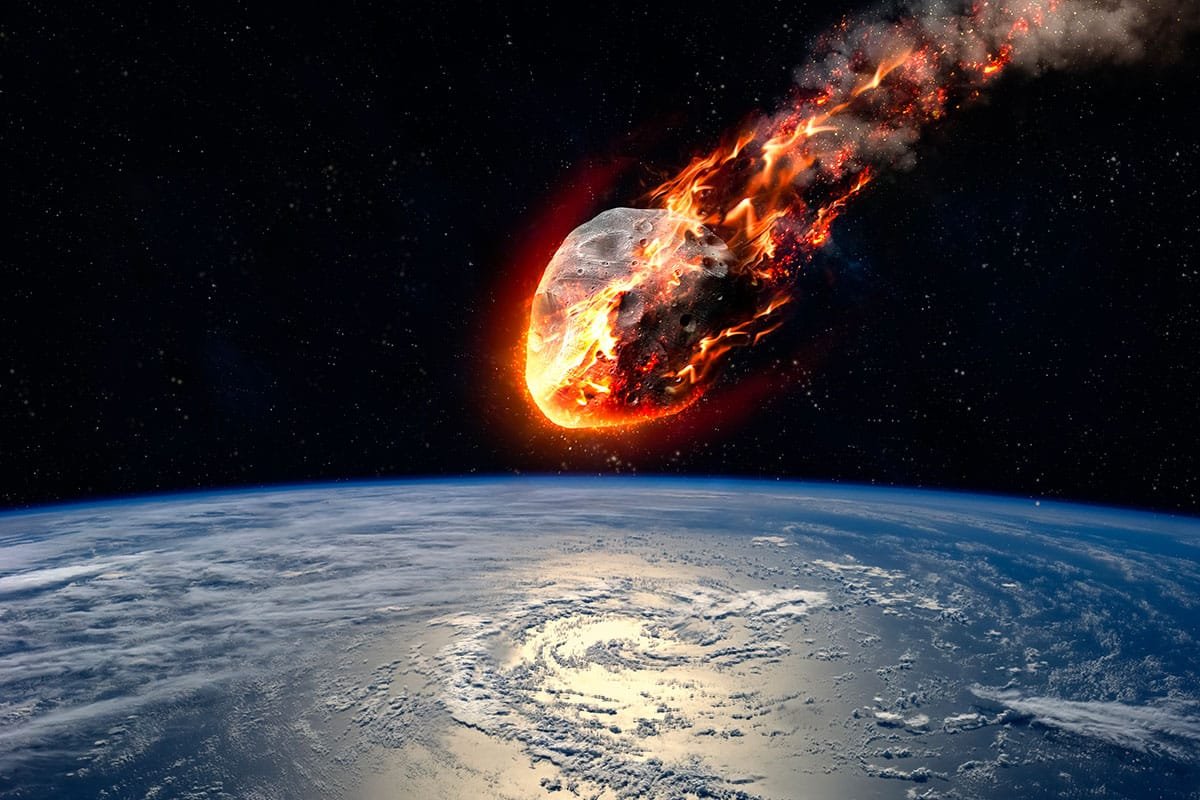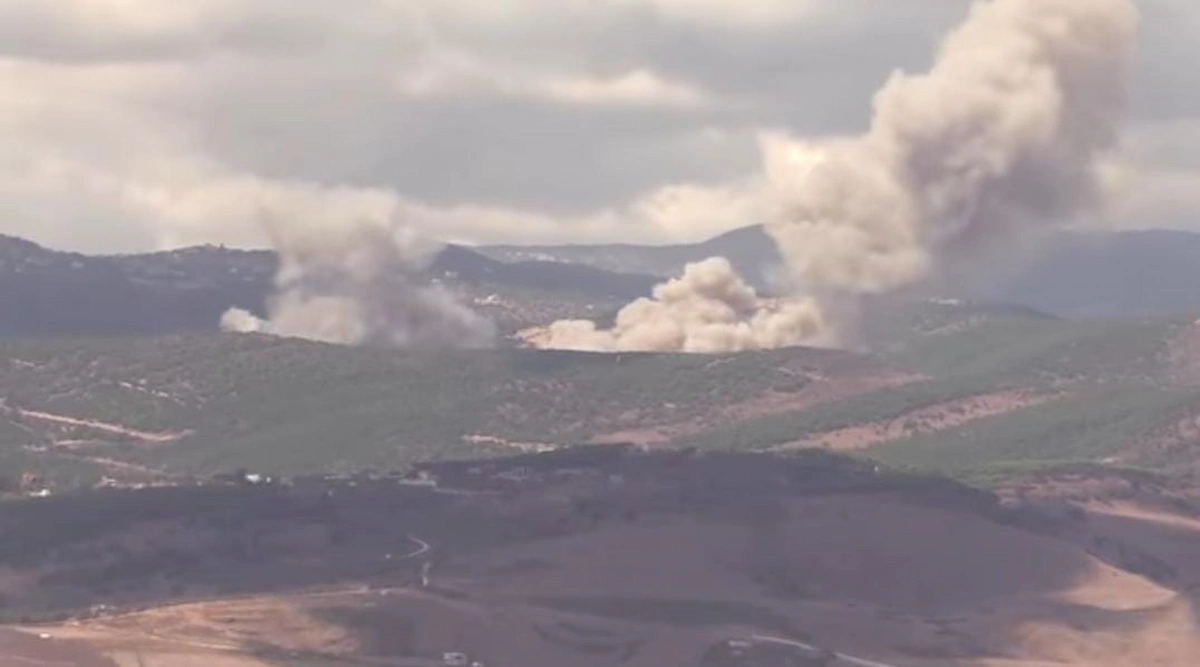NASA has revised its forecasts regarding asteroid 2024 YR4, which was first thought to pose a threat to Earth. New estimates indicate the asteroid is more likely to collide with the Moon in 2032 rather.
The Center for Near Earth Object Studies (CNEOS), a NASA subsidiary tasked with the monitoring of space objects, at first calculated the asteroid had a 2.3% likelihood of striking Earth. Following revised figures released by University of Arizona astronomer David Rankin, there is now just a 0.3% chance of the asteroid crashing into the Moon. This reversal in likelihood has prompted scientists to focus attention on what would occur if there was a Moon impact.
What Is Asteroid 2024 YR4?
Asteroid 2024 YR4 was originally detected on December 27, 2024, and has since been under close observation by astronomers. It is about 90 meters in diameter, big enough to have visible impacts if it were to impact the Moon.
For perspective, the Chelyabinsk meteor, which blew up above Russia in 2013, was just around 20 meters in width but was still able to cause a great amount of destruction on Earth. So, with 2024 YR4 being far larger, it might make a much more dramatic entry—particularly as the Moon does not have an atmosphere to decelerate it or fragment it.
Possible Impact Effects on the Moon
If 2024 YR4 hits the Moon, it may produce a large crater several hundred meters wide. Because the Moon has no atmosphere, the asteroid will impact directly on its surface at high velocity, resulting in a huge explosion.
One of the biggest worries is that such an effect would catapult lunar debris into space. Some of this could be attracted back to Earth by gravity. Although most tiny fragments would disintegrate upon re-entry into Earth’s atmosphere, bigger pieces would survive and produce meteor showers.
It Is possible that some material may impact Earth, but I don’t think it would do any great damage, “Dr. Rankin” said. Scientists think that even if debris makes it to Earth, it will not be large enough to cause extensive damage.
Why Is NASA Watching This Asteroid?
While the most recent projections indicate the asteroid will not strike Earth, NASA and other space organizations still monitor its movement closely. Asteroid trajectories will shift over time because of gravitational forces from the Sun, planets, and even the Moon itself.
In the past, some asteroids that were previously deemed high-risk have since been taken off impact watch lists as additional information was gathered. NASA is also being careful to say that future observations over the next few years could reduce the impact threat further—even to the point of zero.
Global Space Agencies Plan for Asteroid Defense
While 2024 YR4 is not considered today a major threat, scientists around the globe are working on defense strategies to prevent future asteroid collisions.
Some of the proposed methods are:
Kinetic impactors:
Causing a spacecraft to crash into an asteroid and deflect it.
Gravity tractors:
Using a spacecraft’s gravity to slowly alter an asteroid’s trajectory.
Nuclear deflection:
Exploding a nuclear bomb near an asteroid to deflect it from its path.
China recently joined the global battle in planetary defense. China is constructing a planetary defense post and has announced plans to launch a mission by 2030 to study and possibly deflect the trajectory of an asteroid.
Close Approach in 2028
Astronomers will have a second chance to see 2024 YR4 pass by Earth again in 2028. The flyby will allow scientists to collect more information, provide more accurate impact predictions, and determine whether the asteroid’s path has altered.
By then, sophisticated tracking systems and other observations will be employed to confirm whether 2024 YR4 poses any real danger in 2032. Until that time, researchers are determined to monitor the activities of the asteroid in order to save the world.
Conclusion
Although 2024 YR4 was previously thought to pose a threat to Earth, new information now indicate that it has a better chance of impacting the Moon. Should it impact the Moon, it might make a humongous crater and some debris travel towards Earth, but the threat is still low overall.
NASA and other space agencies will continue to monitor the asteroid to make sure its trajectory is well established. Meanwhile, planetary defense systems are being put in place to safeguard Earth from possible asteroid invasion.



